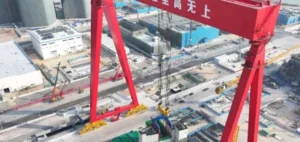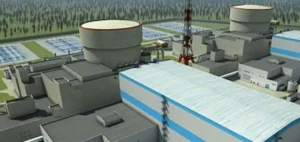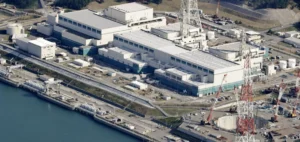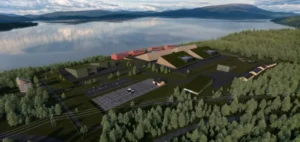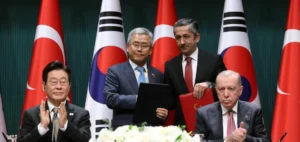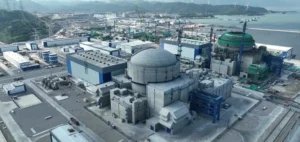The planned merger between the Institut de Radioprotection et Sûreté Nucléaire (IRSN) and the Autorité de Sûreté Nucléaire (ASN) is causing growing concern among employee representative bodies.
IRSN’s social and economic committee (CSE), together with its inter-union group, is calling for a one-year postponement of the merger, originally scheduled to take effect at the beginning of 2025. This request is based on the argument that the deadline for implementing this reform is too short, thus compromising the quality of the organization and the smooth running of the future entity.
Concerns about implementation
The CSE has issued an unfavorable opinion on the proposed merger, recommending that it be postponed until January 1, 2026.
In its opinion, the CSE points out that the proposed transitional organization for January 1, 2025 was drawn up in a hurry, which could lead to major dysfunctions.
The members of the CSE alerted the ASN College to “worrying observations” linked to a lack of control over the project.
They point to the risk that this haste will undermine the ASNR’s ability to fulfill its expert appraisal and control missions in the fields of nuclear safety and radiation protection.
The intersyndicale, which includes unions such as CFDT, CGT and CFE-CGC, shares these concerns.
It points out that the time lag between the promulgation of the law formalizing the merger and the operational implementation of the ASNR is grossly inadequate.
In fact, only seven months separate these two stages, a period deemed inadequate for merging organizations with structures and missions as different as IRSN and ASN.
The challenges of quality and independence
The unions are also concerned about the social impact of this merger.
They deplore the absence of an in-depth impact study, which could shed light on the consequences of this reorganization on employees and on the operation of the two entities.
Ecologist MP Julie Laernoes has also taken a stance on this issue, announcing the filing of a bill to repeal the reform.
She considers that the merger could undermine the quality and independence of expertise, while threatening the transparency of the regulatory and control system.
The stakes involved in this merger are not limited to internal considerations.
They also affect the perception of the nuclear sector by the general public and economic players.
The fear of disorganization at a critical time for the nuclear industry could have repercussions on the trust placed in the institutions in charge of safety.
Industry players therefore need to pay close attention to these developments, as they could influence investment decisions and the long-term strategy of companies involved in the nuclear sector.
The need for dialogue and preparation
In view of these concerns, it seems essential to establish a constructive dialogue between the various stakeholders.
The establishment of a clear roadmap and a realistic timetable could help to better prepare this merger, while guaranteeing the continuity of IRSN and ASN missions.
Industry players must also commit to ensuring a smooth transition, so as to preserve the quality of nuclear safety expertise and controls.
The current situation highlights the importance of effective governance and transparent communication as part of structural reforms.
Feedback from employees and trade unions must be taken into account to avoid past mistakes and ensure that the future entity, the ASNR, can function optimally from the outset.
The success of this merger will largely depend on the ability of the players involved to work together and anticipate future challenges.
The stakes involved in this merger between IRSN and ASN are many and complex.
They require particular attention from decision-makers, who must navigate between the imperatives of safety, efficiency and transparency.
Managing this transition will be crucial for the future of nuclear safety and public confidence in the institutions responsible for this mission.



